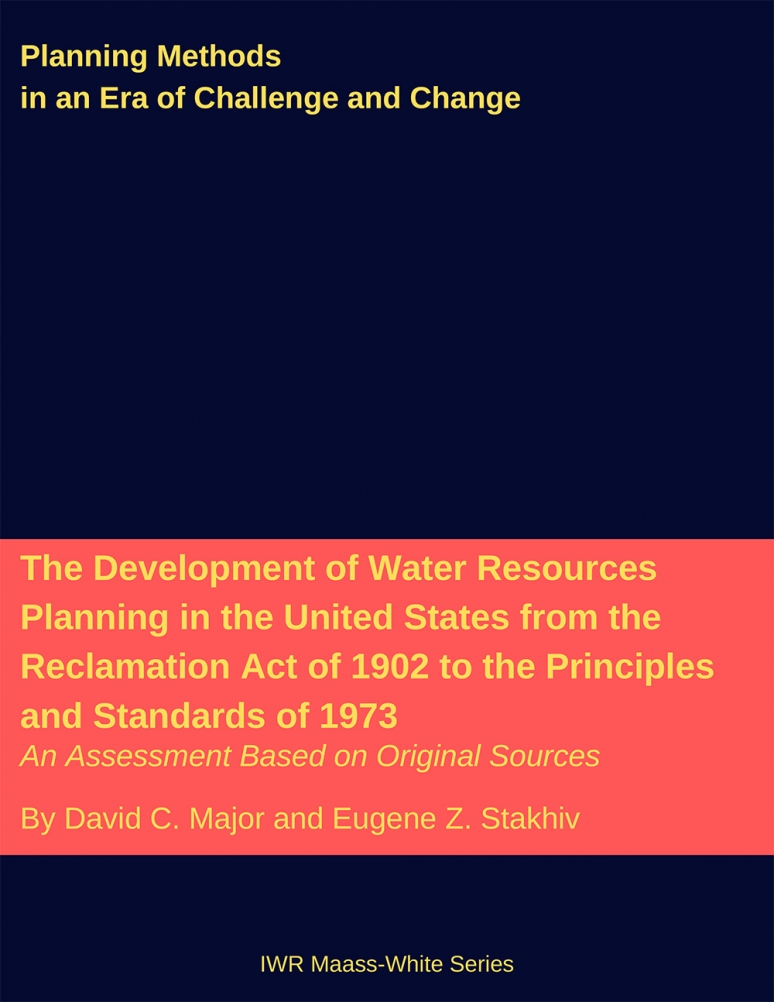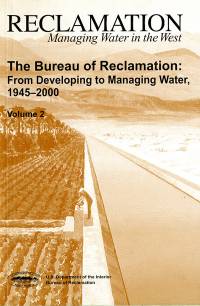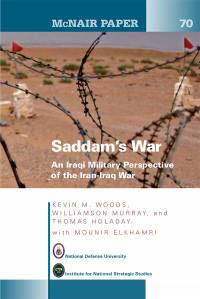
This book provides an assessment of the development of water resources planning in the United States from the Reclamation Act of 1902 to the Principles and Standards of 1973 based on original sources. There are twelve essays, each focused on a significant law, original report, or book. The essays aim to provide concise descriptions of the works and their background and explain their importance both at the time they were written and later. The book has four sections:
I: Three important laws prior to World War II;
II: The beginning of standard multipurpose planning with benefit-cost analysis;
III: The development of new multi-objective and computer methods through 1973; and
IV: Perspectives.
Agency website: https://www.usace.army.mil/
Related products:
The Maass- White Library Series v
Preface ix
Acknowledgments xi
Chapter 1 Introduction 1
Section I: Three Key Laws Prior to World War II 5
Chapter 2 The Reclamation Act of 1902 7
Planning Methods and Procedures9
Development and Results of Reclamation Programs 11
Perspectives 16
Chapter 3 The 308 Reports 19
Authorization and Reports 19
Plans and Planning Methods 22
Perspectives 28
Chapter 4 The Flood Control Act of 1936 31
Flood Control as a Federal Responsibility 31
Benefits and Costs 33
Local Contributions 34
Projects 35
Perspectives 35
Section II: The Classic Model of River Basin Planning 39
Chapter 5 Gilbert White, Human Adjustment to Floods 41
The Context 42
Content and Approach 44
Perspectives 47
Chapter 6 Arthur Maass, Muddy Waters 51
The Ickes Foreword 52
Muddy Waters 54
Perspectives 60
Maass and White 61
Chapter 7 The Green Book 63
The Economics of Project Evaluation 65
Objectives 68
Perspectives 69
Chapter 8 John V. Krutilla and Otto Eckstein, Multiple Purpose River Development 71
Economic Analysis and the Economics of River Basin Development 72
The Cost of Capital 72
Case Studies: Economics 73
Case Studies: Distribution of Costs and Gains 77
Perspectives 81
Chapter 9 Delaware River Basin Report 83
Planning Methods 84
Recommendations and Results 92
Perspectives 97
Section III: Development of New Methods 99
Chapter 10 The U.S. President’s Water Resources Council Report 101
Objectives and Project Formulation 104
Perspectives 108
Chapter 11 Arthur Maass et al., Design of Water-Resource Systems 111
Research of the Harvard Water Program 112
New Investment Criteria 113
Conventional Techniques, Mathematical Modeling, and the Design Process 115
Political Decision Making 119
Perspectives 120
Chapter 12 The North Atlantic Regional Water Resources Study 123
Institutional Arrangements 125
Regional
Subdivisions for Planning 126
Planning Period and Forecast Years 127
New Methods: Multiple Objectives 128
New Methods: Mathematical Models 130
Needs, Sources, and Devices 133
Forecasts and Recommendations 134
Perspectives 136
Chapter 13 The Principles and Standards, 1973 139
Background 139
Authority 141
Objectives and Criteria 142
Perspectives 148
Section IV: Perspectives 151
Chapter 14 A Summing Up and Conclusions 153
References 157
Index 169
This book will appeal to government planners in water resources and the environment, professionals in the private sector as well as technical and advanced history writing adults







